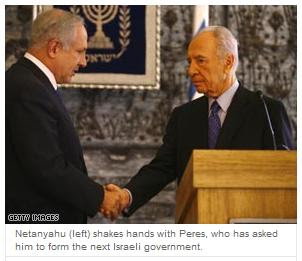"Virtual Camera" Captures Actors’ Movements for Resident Evil 5

Motion capture technology allows actors to emote while fighting video game zombies
By Jeremy Hsu, Posted 02.27.2009
Motion capture technology has worked its magic for years by digitally translating actors’ movements into films and video games. But makers of the popular Resident Evil video games upped the ante – they used one of only four existing "virtual cameras" to help create the fifth game in the series.
Actors Reuben Langdon and Karen Dyer throw punches and lunge, while the virtual camera's screen shows their real-time movements translated through their video game characters. The camera itself has the appearance of a video game controller, appropriately enough.
"When I look at Sheva, I know it's my walk," Dyer told Fox News' Gamers Weekly. "I know it's my voice. I know it's my facial movement."
The new camera may not represent a huge technological leap , but it shows the growing ease of using motion capture technology ...





